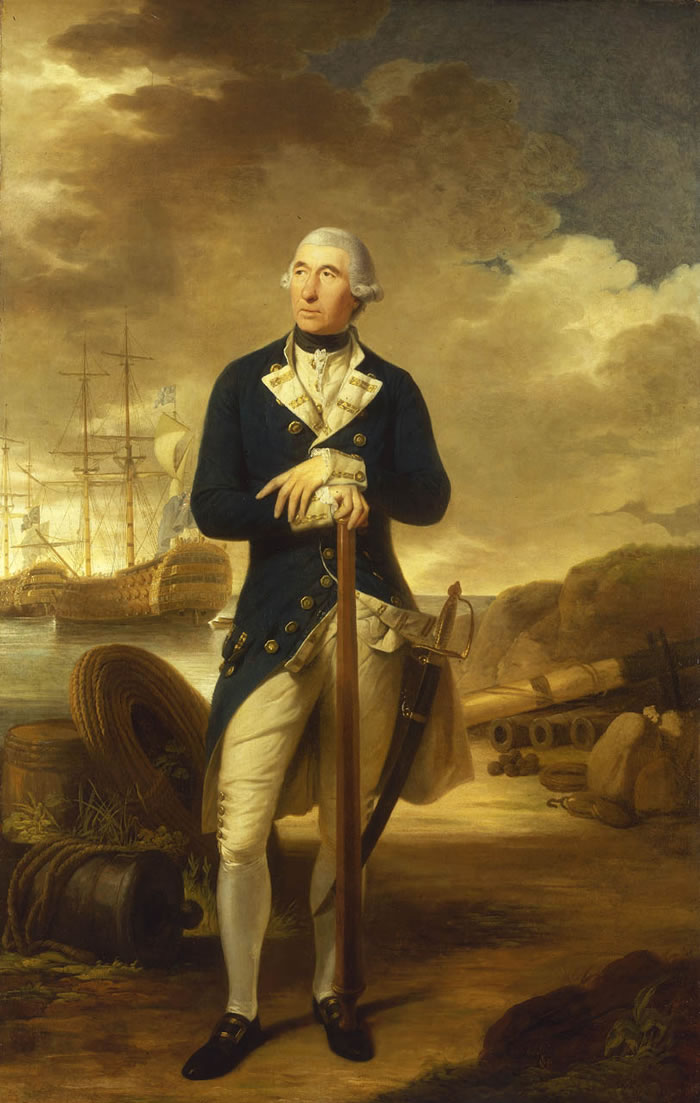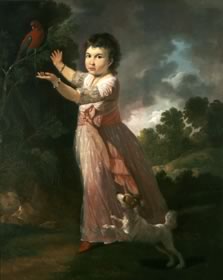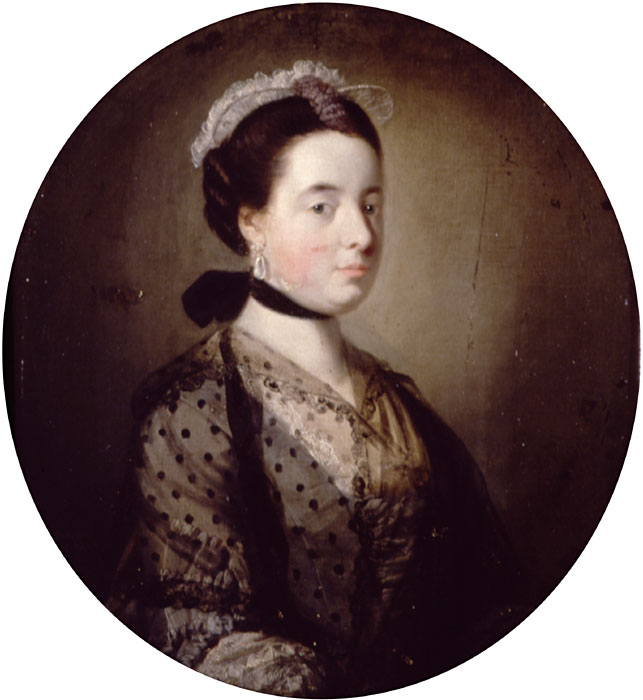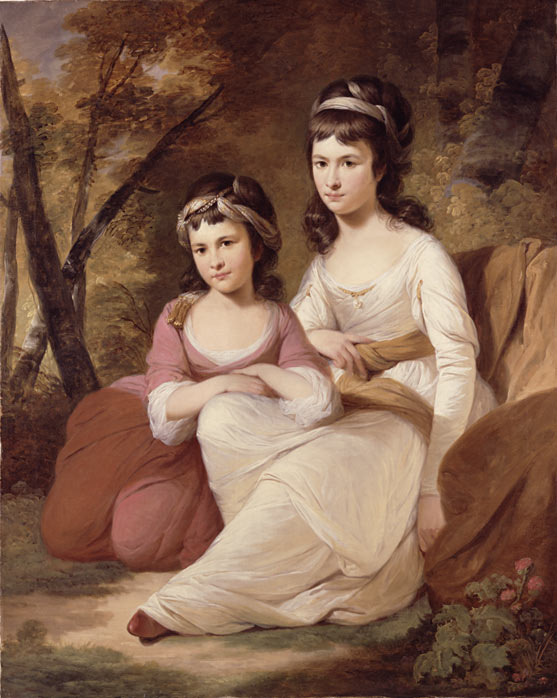Tilly Kettle (1735 – 1786)
Get a Kettle Certificate of Authenticity for your painting (COA) for your Kettle drawing.
For all your Kettle artworks you need a Certificate of Authenticity (COA) in order to sell, to insure or to donate for a tax deduction.
Getting a Kettle Certificate of Authenticity (COA) is easy. Just send us photos and dimensions and tell us what you know about the origin or history of your Kettle painting or drawing.
If you want to sell your Kettle painting or drawing use our selling services. We offer Kettle selling help, selling advice, private treaty sales and full brokerage.
We have been authenticating Kettle and issuing certificates of authenticity since 2002. We are recognized Kettle experts and Kettle certified appraisers. We issue COAs and appraisals for all Kettle artworks.
Our Kettle paintings and drawings authentications are accepted and respected worldwide.
Each COA is backed by in-depth research and analysis authentication reports.
The Kettle certificates of authenticity we issue are based on solid, reliable and fully referenced art investigations, authentication research, analytical work and forensic studies.
We are available to examine your Kettle painting or drawing anywhere in the world.
You will generally receive your certificates of authenticity and authentication report within two weeks. Some complicated cases with difficult to research Kettle paintings or drawings take longer.
Our clients include Kettle collectors, investors, tax authorities, insurance adjusters, appraisers, valuers, auctioneers, Federal agencies and many law firms.
We perform Tilly Kettle art authentication, appraisal. certificates of authenticity (COA), analysis, research, scientific tests, full art authentications. We will help you sell your Tilly Kettle or we will sell it for you.

Tilly Kettle was a portrait painter and the first English painter to work in India. He was born in London, the son of a coach painter, in a family that had been members of the Brewers’ Company of freemen for five generations. He studied drawing with William Shipley in the Strand and first entered professional portraiture in the 1750’s.

Kettle’s first series of portraits appeared in the 1760’s. His first surviving painting is a self-portrait from 1760, with his first exhibit at the Society of Artists in 1761. He worked at restoring the Sheldonian Theatre, Oxford and painted Francis Yarborough, a doctor of Brasenose College, Oxford in 1763. He painted many members of the family of William Legge, 2nd Earl of Dartmouth. In 1764-5, he was active in London and continued exhibiting at the Society of Artists.

In 1768, Kettle sailed to India with the British East India Company, landing at Madras (now Chennai), where he remained for two years. There, he painted Lord Pigot and Muhammad Ali Kahn twice (once alone and once with five of his sons). He also painted non-portraits, including Dancing Girls (Blacks) in 1772 and a suttee scene in 1776 entitled, The ceremony of a gentoo woman taking leave of her relations and distributing her jewels prior to ascending the funeral pyre of her deceased husband. He moved on to Calcutta (now Kolkata) in 1771 and painted Shuja ud-Daula and Dancing-Girl Holding the Stem of a Hookah. In 1775,he painted George Bogle, Warren Hasting’s emissary to Tibet, in Tibetan dress, presenting a ceremonial white scarf to Lobsang Yeshe the 5th Panchen Lama.He also took an Indian mistress and had two daughters by her.

He left India in 1776 for London. He married Mary there. She brought a dowry of £5,000, while he put up £3,000 toward a trust fund, so both parties were well established. However, contemporaries indicated that Kettle was manipulated into the marriage for financial reasons. At the same time, he switched his exhibitors to the Royal Academy of Art. He had fewer clients in England than he had before his departure, and his wife was financially imprudent. He had two more daughters by her and one son, named James. He fell into debt, and in 1786 he set out for a return to India. He attempted the voyage overland through Asia. His last portrait was painted in Aleppo, and he died some time later, although where and when is unknown.

Still wondering about a British painting in your family collection? Contact us…it could be by Tilly Kettle.
Reviews
1,217 global ratings
5 Star
4 Star
3 Star
2 Star
1 Star
Your evaluation is very important to us. Thank you.
